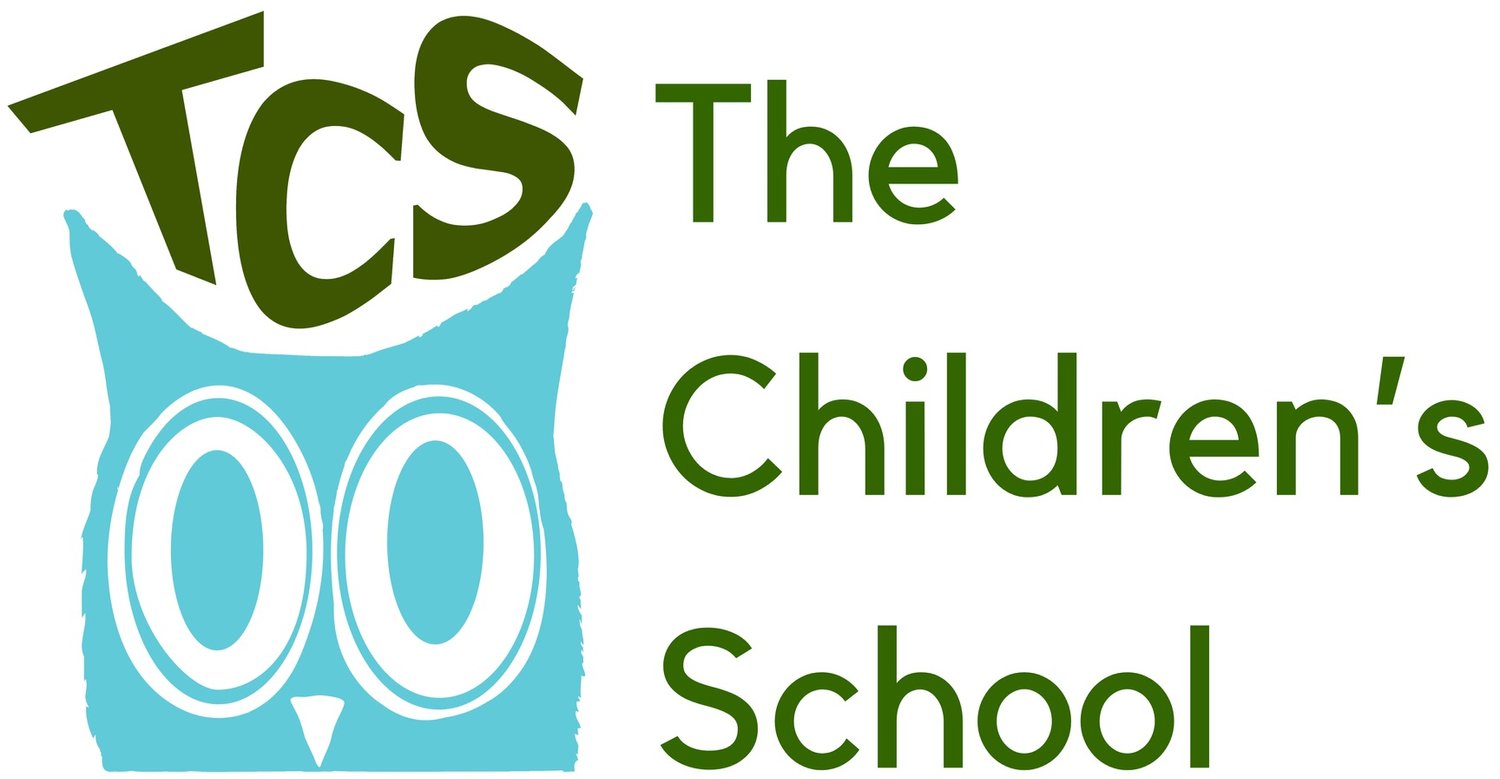Scaffolding is closely linked to psychologist Lev Vygotsky’s Zone of Proximal Development (ZPD). The ZPD represents the range of tasks that a child cannot perform independently but can accomplish with the help of a more knowledgeable person, such as a teacher or caregiver. Scaffolding bridges the gap between what a child can do independently and what they can achieve with support. We as parents do this all the time! And so do our wonderful TCS teachers!
Much like the scaffolding used in construction to provide a stable framework, educational scaffolding offers a supportive structure for young minds as they navigate the complexities of learning. As an early childhood educator myself, I used this skill every day as I worked with learners with and without special needs.
Here are some reasons why this is so important:
1.Tailored Support: Every child is unique, and scaffolding allows educators to provide individualized support based on each child's specific needs and abilities. By assessing a child's current skills and understanding, teachers can offer targeted assistance, ensuring that the support provided is precisely what is needed for optimal learning.
For example, Teacher Taryn created individualized “Calm Down” strategy bookmarks for each kid in the Robins Class based on what works for them.
2. Gradual Release of Responsibility: Scaffolding involves a gradual release of responsibility from the educator to the child. Initially, the teacher provides more guidance and support, gradually diminishing their involvement as the child gains confidence and mastery. This gradual release empowers children to take charge of their learning, fostering independence and a sense of accomplishment.
3. Confidence and Motivation: Scaffolding contributes to the development of a child's self-esteem and confidence. As they experience success with guided support, children gain the motivation to tackle more challenging tasks independently. This positive reinforcement creates a love for learning and a belief in their own capabilities.
The Montessori Coat Flip (or the TCS coat flip as it’s called here!) is an example of scaffolding in which kids have moved beyond needing a teacher to put their coat on entirely, but may still need support engaging the zipper. Teachers Samira and Hannah of the Blue Jays Classroom teach this especially well!
4. Valuing Empathy & Inclusion: Scaffolding allows educators to model to all children that we all may need different levels of support with different skills, but that we all have strengths and challenges and that this is ok and even valuable! Normalizing that we don’t all need to be the same in order to be part of a loving, supportive community is something that TCS does so well!
In conclusion, scaffolding is one of many early education strategies that make TCS such a beautiful place for kids to go to preschool. As both a current parent and former teacher myself, I continue to be so grateful for the way in which my daughter Molly is seen and appreciated for where she is developmentally and for the sweet, funny, salty little kid she is!







